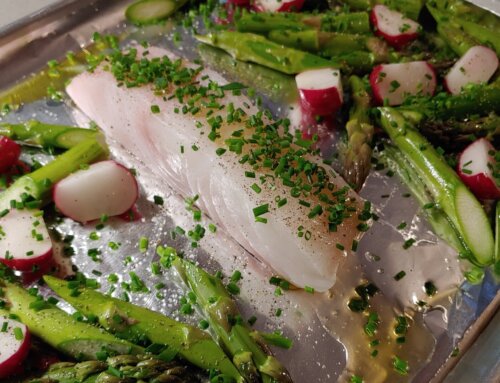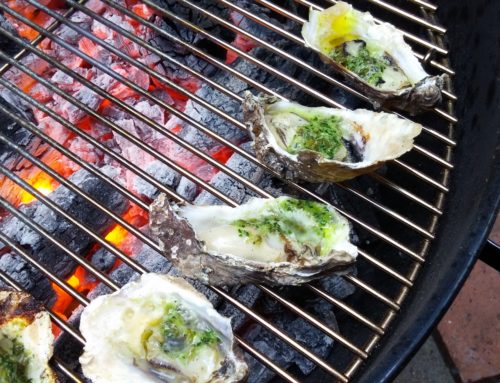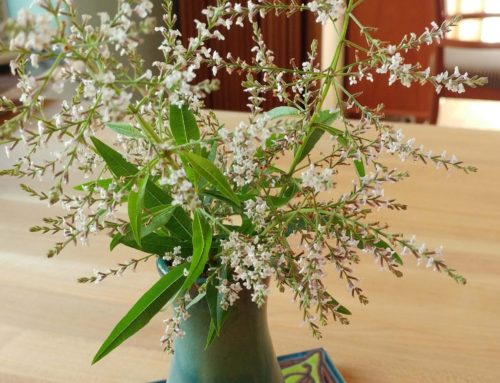The Puget Sound Business Journal featured an item recently about a new kind of cultivation coming on the scene: that of the truffle. It’s no easy feat to cultivate truffles, they’re still going to have some unpredictable, wild tendencies and take their time to (hopefully) flourish. But at least one 2-acre plot of recently planted hazelnut trees–whose roots were dusted with truffle spores–may well bear some handsome truffles, and a handsome income, at the Bolles Organic Farm in Monroe. Apparently they just may not reap much for the next ten years, while the seedlings mature. We’ll all have to be patient!
I’d written a bit about truffles and their potential for propegation in my Wild Mushrooms book a few years ago. In the course of that research, I’d spoken with Dr. Charles Lefevre, founder of New World Truffieres based in Eugene, Oregon, who is also quoted in the PSBJ article. A few varieties of truffle are native to the Northwest, including Oregon black and white truffles, though most of the trees sold by Lefevre are inoculated with spores of the European black truffle (Tuber melanosporum). It’s a fascinating prospect and with any luck we’ll have a bigger bounty of local truffles to enjoy in coming years.
As a side note about wild mushrooms. Truffles are among the varieties that are called mycorrhizal (myco = mushroom, rhiza = root), meaning they grow in a beneficial relationship with tree root systems. Which is why this idea of planting truffle-spore-enhanced trees sounds so brilliant. Other types of mushrooms may be saprophytic, thriving on dead or decaying organic matter, such as leaves or rotting wood. Delicious morels fall in this category, famous for showing up where soil has been disturbed or in the aftermath of a forest fire. One mushrooming friend found a huge morel in the soil alongside the parking lot of a new building she was working in. That’s what I love about wild mushrooms in the Northwest, they can surprise us with their bounty.
If you’re in the mood for a full dose of the best of this season’s truffles, you’ve got a couple weeks to enjoy the current theme at The Herbfarm, which touts that truffles from British Columbia, Washington and Oregon will make their way into the multicourse extravaganza. I attended this menu five or six years ago, while researching my book. Then-chef Jerry Traunfeld created dishes that included side-by-side simple tarts of different truffle types, ravioli with celery root and truffles, and thyme-grilled squab with Oregon black truffles among other indulgences. I haven’t made it back to The Herbfarm since new chef Keith Luce took the helm, though hope to before long. If you’d like an intensive introduction to Northwest truffles, I can’t imagine a better place to do so.



